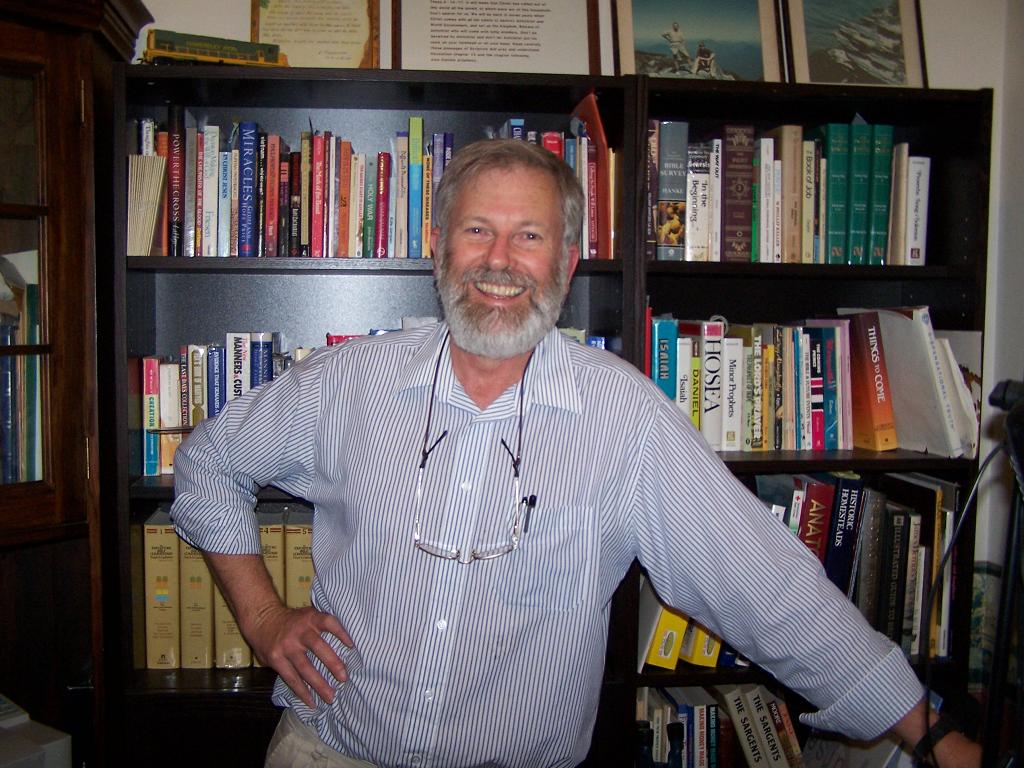
Many Christians are tired of struggling with sin and defeat in their Christian life. Deep down, they feel there should be more to Christianity, but can’t find out what’s missing. This book expounds the biblical truths about the new birth and builds on them to give the reader the practical steps necessary for purposeful and intentional victory in the daily Life of the Christian.
Through a deep dive into Scripture, author Phillip Sargent unpacks the biblical concept of the new birth and shows how a profound understanding of this doctrine is essential for overcoming sin. He challenges common misconceptions about salvation and reveals how the regeneration of the fallen spirit within believers, when combined with the work of the indwelling Holy Spirit, empowers them to live a life of holiness and victory.

The author reflects on the challenges of understanding and living the Christian life, particularly the struggle with sin and the seeming disconnect between salvation and practical holiness. In the author’s experience, the church has mostly lost the truths necessary for practical victory and his desire is to make these truths known again through this book. He encourages readers to embark on a journey of discovering the true meaning of being born again and how to apply that knowledge to walk in victory over sin, the world and the devil.
It highlights the vast gap between the average Christian’s experience and what Paul prayed for the churches of Ephesus and Colossae. Through probing questions about the nature of eternal life he shows that the failure of most Christians to live in victory results from their ignorance of what it is that they have been saved from and the true nature of the eternal life they have been given in Chrsit. The chapter emphasises the necessity of recognizing our true identity in Christ to overcome the inherent sinfulness of our life inherited from Adam.
Recognising that eternal life and salvation can only be correctly understood through a proper understanding of man’s constituent parts as presented in the Bible, this chapter examines the body, soul, and spirit. It compares and contrasts the spirit and soul, highlighting their distinctives, their interconnectedness and functions. The chapter also presents and analyses three prominent views on man's constitution: Trichotomy, Dichotomy, and Monism and points towards the view shown to be supported by the Scriptures.
This chapter examines the nature of Adam's death as a result of sin, focusing on the separation from God. It analyses many biblical references to the spirit of unsaved man, concluding that all humans, saved and unsaved, possess a spirit prior to the day of Pentecost. This chapter clarifies the spiritual state of humanity before the establishment of the New Covenant.
Using the biblical narrative of Gideon, this chapter illustrates the concept of God's immanence and His active involvement in the lives of believers. It highlights Gideon's ignorance of the reality of God in his life and his eventual victory through depending on God's immanence. Through the example of Gideon, the chapter emphasises that true victory in spiritual life comes through correct theology.
This chapter revisits the initial problem of the Christian life, focusing on the author's personal struggles with sin and defeat, showing that this is not the expectation of the New Testament writers. It questions traditional theological understandings of salvation, demonstrating that they have no mechanism for victorious living. The chapter sets the stage for a deeper exploration of the New Birth and its transformative power in the believer's life.
This chapter introduces the concept of the New Birth as a miraculous act of God, creating a new spirit within the believer. It explores the idea of the "New Man," a spiritual entity distinct from the "Old Man," and highlights its inherent righteousness and holiness, making the new spirit of man a suitable place for the Holy Spirit to then inhabit. The chapter emphasises the transformative nature of the New Birth, marking a radical departure from the old sinful nature.
This chapter further explores the New Birth, highlighting the many varied expressions used to describe it throughout the New Testament. It examines terms like "born again," "child of God," "begotten," "brought forth," and many more, emphasising their interconnectedness and shared meaning. The chapter demonstrates the centrality of the New Birth in the New Testament Scriptures and its significant implications for the believer's identity and life.
This chapter delves into the prophecy and process of regeneration, analysing its biblical meaning and implications for the re-creation of the believer's spirit. It explores the parallel between the New Birth and the creation of Adam, as a type of the creation of new life at the point of faith in Christ. It then examines the biblical paradox that exists between the obvious continuation of the old man in a believer’s experience and the biblical teaching that he has been crucified.
This chapter explores the practical implications of the New Birth, examining why God allows the "Old Man" to remain within the believer. It argues that the "Old Man" serves as a source of testing, providing opportunities for spiritual growth and training in warfare against sin. It further examines and explains the difference between the Christian’s two possible ways of living and emphasises the importance of understanding these dynamics to effectively live the new life in Christ.
Building on the previous chapter, this section provides practical strategies for living the new life, focusing on renewing the mind and aligning it with the new spirit. It introduces the concept of two "axes" operating within the believer: the axis of evil (Old Man) and the axis of holiness (New Man). The chapter emphasises the need for conscious awareness and discernment of thoughts and desires in order to consistently choose the axis of holiness in order to be an overcomer.
This chapter further develops practical strategies for overcoming sin and walking in victory. It emphasises the absolute necessity of dependence on the Holy Spirit and the continual need for His empowerment. The chapter explains the process of crucifixion and quickening, when the believer actively chooses to refuse the Old Man and calls upon the Holy Spirit to crucify the Old Man and quicken the New Man.
This chapter explores what the New Testament phrase “in Christ” means, showing that it encapsulates the reality of the new birth. Explaining why Jesus is called “the Last Adam” it concludes that all who are born from above are heavenly beings with the Life of the One they have been born from. It underscores the transformative nature of this reality in the lives of believers who embrace it.
This chapter analyses Romans 7, focusing on the tension between the believer's desire for righteousness and the persistent struggle with sin. It interprets the chapter as a description of the believer's experience, highlighting the ongoing conflict between the Old and New Man. The chapter concludes by emphasising the victory that comes through choosing the new Life over the old, resulting in the God-empowered Life that the Apostle Paul refers to as “walking in the Spirit”.
